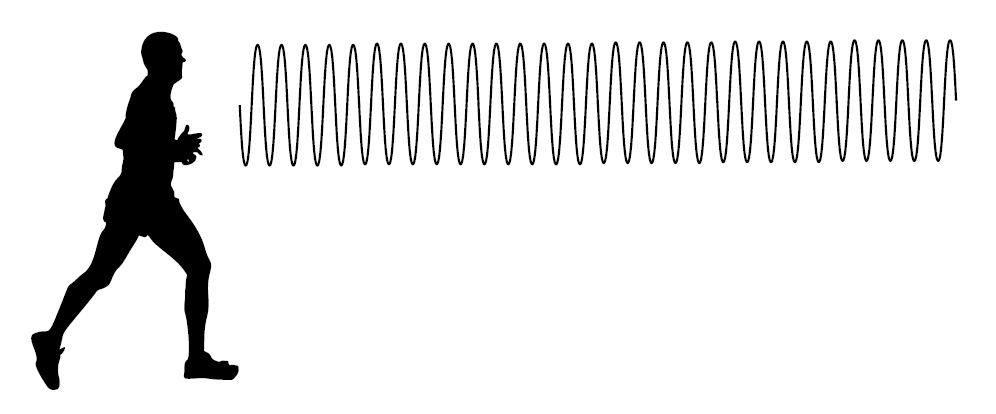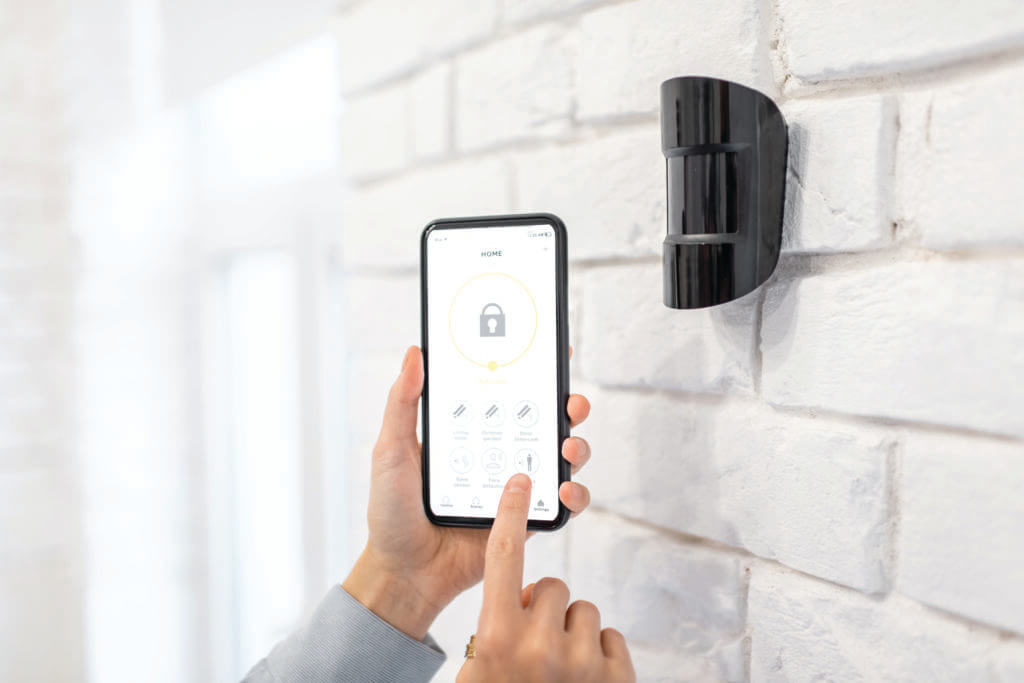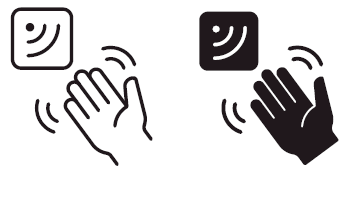
The world is constantly changing and developing. In order for this development to be sustainable and permanent, it is important to use technology, which is one of the main contributors of development, on a large scale. The wide and accessible availability of new technologies and electronic products ensures the sustainability of this development. Therefore, increasing the use of any kinds of technologies and innovative products is important to maintain development. In my article, I will talk about radar sensors, which are an important element of technological development and change. In this context, I will first give information on what radar sensors are, as well as their types. Radar sensors not only detect objects nearby using electromagnetic waves but also measure the distance, speed, position, etc. based on the movement of objects. The type of sensor we will explain is the “microwave radar sensor”. Microwave radar sensors are devices that operate using wavelengths between 1 mm and 1 m. At the same time, they operate in the frequency range of 1GHz to 300GHz. Microwave radar sensors generally have high precision, weather resistance and a wide range of applications. Thanks to these features, they are widely used in various applications in automotive, defense, security and industrial fields.

Microwave radar sensors are devices that operate using wavelengths between 1 mm and 1 m. At the same time, they operate in the frequency range of 1GHz to 300GHz.
How do microwave sensors work?
Essentially, the operating principle of microwave sensors answers some questions such as: Did the object at acertain location move due to the change in the return time or speed of the signals emitted to its surroundings? how fast did the object move? which position is the object currently on? In fact, this event is also called “the doppler shift”. Doppler shift is a change in the wave frequency due to the movement of a wave source or observing point. This effect is usually observed in certain types of waves such as sound or electromagnetic waves. The Doppler effect is a term used to explain this changing frequency. The same principle applies to electromagnetic waves, especially the light and radio waves. When a light source or radio wave emitter moves, its wavelength can extend or shorten. This causes a change in the wave frequency that reaches the observer. The Doppler shift refers to this frequency change.
To give an example for Doppler shift, in Figure 1 you can see the signal emitted from the sensor and coming back to the sensor since there is no movement. The reason why the signal emitted from the sensor and the signal returned to the sensor are the same is that there is no movement that can be taken into account.
However, in Figure 2, the sensor detects a movement as the signal emitted from the sensor and the signal coming from the moving object are different.



The sensor shown in the figures corresponds to the ‘PD-V11H’ coded sensor in Özdisan Electronic inventory. If the microwave sensor is not in the form of a module (the sensor in the figure is not in the form of a module), it cannot be used directly as a plug-and-play element. Because, the detection range of the signal they output is very short. In such cases, an amplifier circuit should be installed at the signal output. With this amplifier circuit, the distance gain can be increased or decreased and the detection can be completed easily at a desired distance. The sensor coded with ‘PD-V11H’ that I talked about in the example detects at a distance of less than 50 cm without an amplifier circuit. However, when equipped with the amplifier circuit, it can detect up to 15 m when the value of the signal coming out of the sensor’s signal foot is increased.

What are the advantages of microwave sensor?

Microwave radar sensors are not affected by weather conditions such as snow, rain fog, etc. They can detect the movement from many different angles since they have a wide viewing angle. They have a high detection sensitivity. To give an example of areas of application, they are also used in automatic doors at shopping malls and garages. During the pandemic, these and similar systems have been used as installed within the doors to maintain the social distance and prevent the spread of the disease in offices or public areas such as dining halls, WCs etc. Similarly, they are also installed in the devices at public areas, such as paper towels, hand drying devices etc., where “little contact” is required.

As I mentioned in the “advantages of the microwave sensor” section above, they are also widely used in security applications since they have a high detection sensitivity.
They are also used for motion detection and early warning
systems. The microwave radar sensors, which used to be installed into the vehicles only as parking sensors previously, are now also used to control the vehicle environment in autonomous driving mode in line with the continuous advancements in automotive industry.
Microwave radar sensors are a constantly evolving field of technology, and are expected to witness many more developments in the future. As the artificial intelligence improves further and becomes more commonly used, the microwave radar sensors can become even more powerful and effective, taking also into account the studies conducted in areas such as sensor networks and energy efficiency. In addition, new application fields of these sensors will continue to be explored, which indicates that microwave radar technology will have a wider range of uses in the future.



